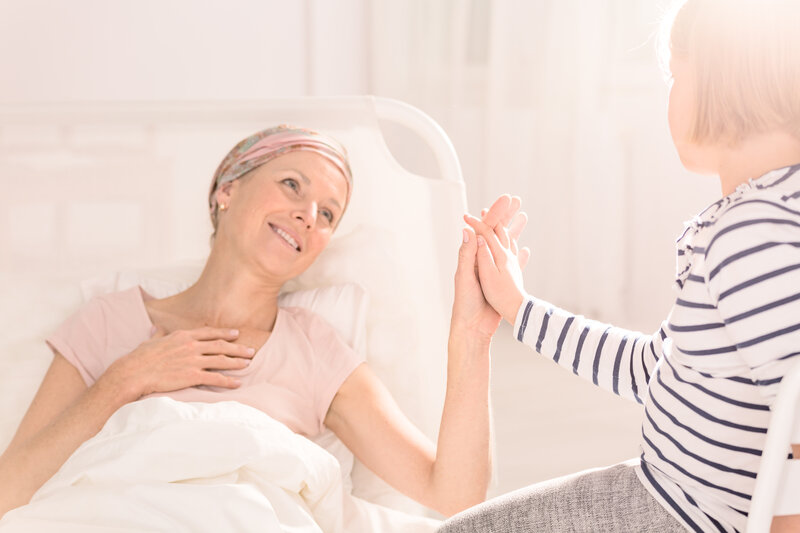Hospice Provides Ambiance And Comfort Care At The Bedside

Keeping clients comfortable, cared for, and in a soothing environment is a top priority for hospice providers. We want clients to die surrounded by the things that bring them the greatest ease and peace of mind. One way to do this is by upholding the ambiance around the deathbed in the manner our clients prefer.
We do this in various ways, including creating detailed end-of-life plans that include a client’s wishes and preferences (along with what they don’t want) in the months, weeks, and days leading up to their death.End-Of-Life Care: Providing Soothing Ambiance And Comforting Care
One of the many benefits of exploring hospice care in the earlier stages of a terminal diagnosis – or as life begins to wane for those in their late 80s or 90s – is the ability to create clear end-of-life plans. This includes the right to say what you do and don’t want in the time you have left. In the early end-of-life stages, when a client is still relatively active, this may include trips or outings to visit special people or places or spending as much time outdoors, or attending favorite events or social gatherings. Later on, when loved ones become housebound or bedbound, we work to create an ambiance that honors their ideas of comfort.Use Your Five Senses When Discussing End-of-Life Experiences
One of the we do this is by thinking about the five senses, which usually remain with us right until the very end. Even if someone has their eyes closed or they are hard of hearing, they still have a sense of the world around them via shifts in light, vibration, touch, taste, and the energy of those who come to spend time with them. If you are one of our hospice clients, we’ll discuss these concepts when discussing your end-of-life plans, which may also include a vigil plan (who/what do you want to surround you when you’re actively dying).What do you want to see?
The world shrinks considerably once a person is home and then bedbound. Therefore, we do our best to create a visual experience that brings them joy, peace, or comfort. If your loved one lives alone and family is far away, tending to pleasant and soothing visual esthetics at the bedside is a great job for a hospice volunteer. This typically includes things like:- Putting up pictures of their loved ones.
- Hanging beautiful wall hangings or fabric if walls are relatively blank or providing a neutral background if their new space isn’t personalized (like in a common living area, nursing homes, or hospital environments).
- Posting pictures of nature scenes if they lack a beautiful window view.
- Hanging posters of their favorite natural environment or photos they/their partner took on favorite vacations.
- Having live plants or fresh flowers in easy-to-see but out-of-the-way locations (high-quality synthetic flowers/plants also enhance a space if there’s nobody to tend to live or cut options)
- Candles (we usually use battery-operated candles in facility environments or homes without continuous caregivers to ensure the flame is safely extinguished.)